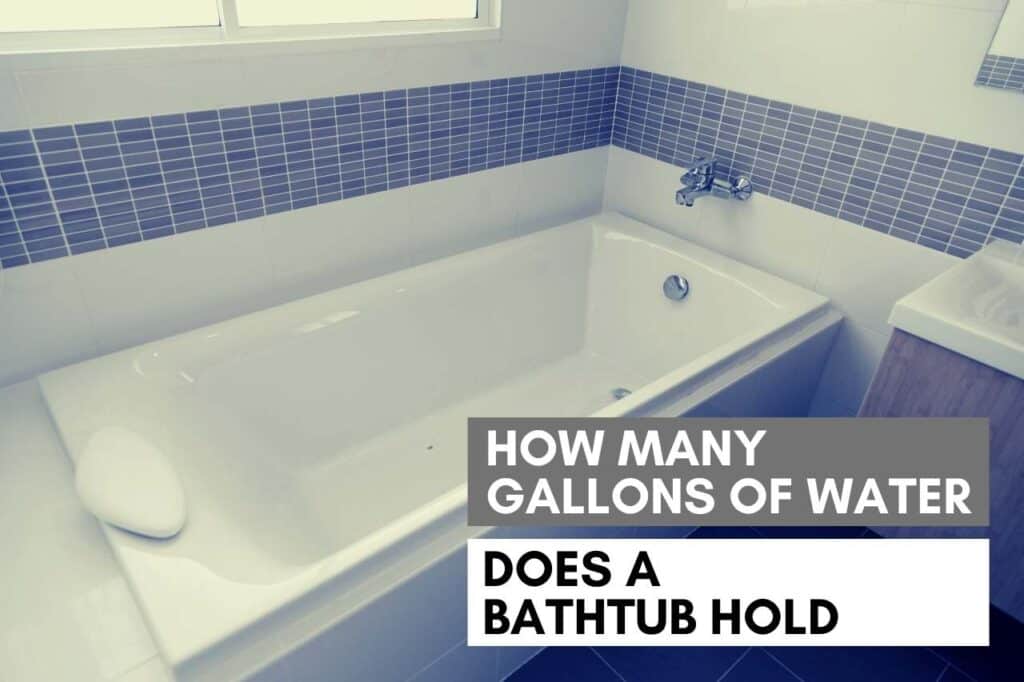This guide will explain what is resilient flooring and the benefits of having it. Floor coverings have a lot of responsibilities. They must be long-lasting, resilient, comfy to step on, and appealing. It also helps if they’re affordable and straightforward to set up.
One attribute, yet, is exclusive to one kind of flooring: robustness. So, these surfaces get bundled together underneath the broad definition of “resilient flooring.” You’ve likely heard of resilient floors if you’re a manufacturer.
Or if you’ve got assigned your maiden healthcare designing job or transitioned from domestic to corporate architecture. You’ve reached the correct spot if resilient floors aren’t an item you’re acquainted with. Or if you’re accustomed to the fundamentals but want to learn more about it.
Read more about the wide variety of resilient flooring…
People use the word resilient to characterize a society, company, or perhaps a natural environment that shows fortitude in adversity and the capacity to adapt under duress.
Resilient flooring has the structural durability and suppleness to withstand practically everything your family can hurl at, pour on, dump on, or trample over. It gives more than wooden, limestone, concrete, or porcelain tile. Still, it is lesser than carpeting, making it a good choice for daily usage. Let’s look at what is resilient flooring.
What Is Resilient Flooring?
One can describe resilient flooring as solid flooring with a specific level of elasticity or bounce-back. It is a catch-all phrase for floor coverings that fall between softer surfaces like carpets and more challenging floors like marble or wooden.
Consequently, carpets are not resilient flooring since they have flexibility but are not solid. Wooden floors are also not resilient since they are firm yet lack the characteristic bounce.
So for what is resilient flooring, several floor surfaces that meet this description do not fall into the resilient classification. Laminate flooring delivers rigidity and bounce due to its fiberboard base and foam foundation. However, it is undoubtedly a hard flooring finish.
Note: There are several floor kinds in the resilient flooring class. Whereas builders and planners are probably aware of the term resilient flooring, you’re more likely to have come across this flooring underneath a different product name.
What Is Luxury Vinyl Tile Flooring?
LVT’s reputation has grown owing to its outstanding design potential. You could enjoy wooden and masonry’s natural elegance and unique feel without breaking the bank. Your visitors might not even be capable of distinguishing between the LVT you pick.
And more costly flooring alternatives such as wooden floors, marble, or porcelain tile. Furthermore, LVT is entirely waterproof, pet amiable, and highly resilient, which assists in reducing wastage over the period. Another method LVT lowers wastage is through modularity setup, which allows you to change isolated tiles or boards as required without needing to change the complete floor.
Note: Rigid core floors, commonly known as multilayer flooring, have all of the benefits of luxury vinyl tiling – and many more. It offers outstanding underfoot relaxation, noise insulation, and warmth. It is also more resistant to water, dampness, and temperature changes, providing an excellent option for showers, kitchens, utility spaces, and entrances.
What Is Sheet Tile Flooring?
Sheet vinyl floors nowadays often come in lengths of 6′, 12′, or even more significant, allowing you to construct a continuous floor with good top-down humidity prevention. It is available in various shapes and colors that you can use to replicate the look of more costly stone and wooden floors.
Sheet vinyl blends long-lasting functionality, minimal upkeep expenses, and sound-damping properties into an excellent option for cost-conscious households. There are several sheet vinyl items for easy, do-it-yourself assembly.
What Is Linoleum Flooring?
Linoleum flooring comes from natural, fast recyclable materials. Linseed oil comes from the flaxseed plant. It gets blended with sandstone, pine resin, cork, wooden flour, and color before spreading onto a jute fiber substrate.
Several linoleum surface items contain recycled material. This long-lasting flooring may survive heavy activity and scrapes for years without deteriorating its color.
What Is Cork Flooring?
This material is regenerative and recyclable in areas where resources are available. You can pluck every cork orchard every two decades, which is a quicker rate of renewing than the wooden trees used for flooring.
Cork gets crushed, and shaped into sheeting joined with resins for use in surface goods. Several producers use reclaimed cork and cork debris. Cork floors are natural insulation that absorbs sound and allows consumers to consume less power. Cork is not a good option for damp areas, like lavatories or houses with animals.
What Is Vinyl Composition Tile Flooring?
VCT gets most employed in corporate and organizational settings like marketplaces and colleges. It is a ubiquitous DIY item due to its ease of handling and installation. VCT is a low-cost, long-lasting material.
You can use it in various color and pattern combinations to produce specific, personalized results. It’s created in the United States using North American sandstone, a plentiful natural supply, together with vinyl and color additives.
Advantages Of Resistant Flooring
Laminates deform when the moist, solid wooden floor expands, and porcelain tiles chip. Resistant flooring is one of the many flooring types that each has an impressive range of benefits:
- The majority of resilient flooring is large and has a long lifespan. Some linoleum put down more than a century back is holding up well.
- Although it’s ideal, to begin with, a completely level and smooth substrate. Resilient flooring may bridge and ride over little irregularities and dips that’d fracture tiles.
- Vinyl is one of the least expensive floor coatings you could buy.
Bottom Line
Understanding the many kinds of flooring is critical to managing each in an organized and productive technique. Resilient flooring is ideal for situations where there is a lot of physical activity inside a public facility. When it comes to specifying resilient surface products. Don’t get concerned. You now understand that you’ve acquired the appropriate goods in the proper situation.
Expand Your Horizons: More Content You Might Enjoy
Can You Put Vinegar in a Steam Mop – All You Need to Know
Can You Use Fabuloso On Wood Floors?



Pingback: How Much Does Lowes Charge To Install A Fence? Everything Included
Pingback: Can You Use Fabuloso On Wood Floors? Research Results
Pingback: Can You Put Vinegar in a Steam Mop – All You Need to Know